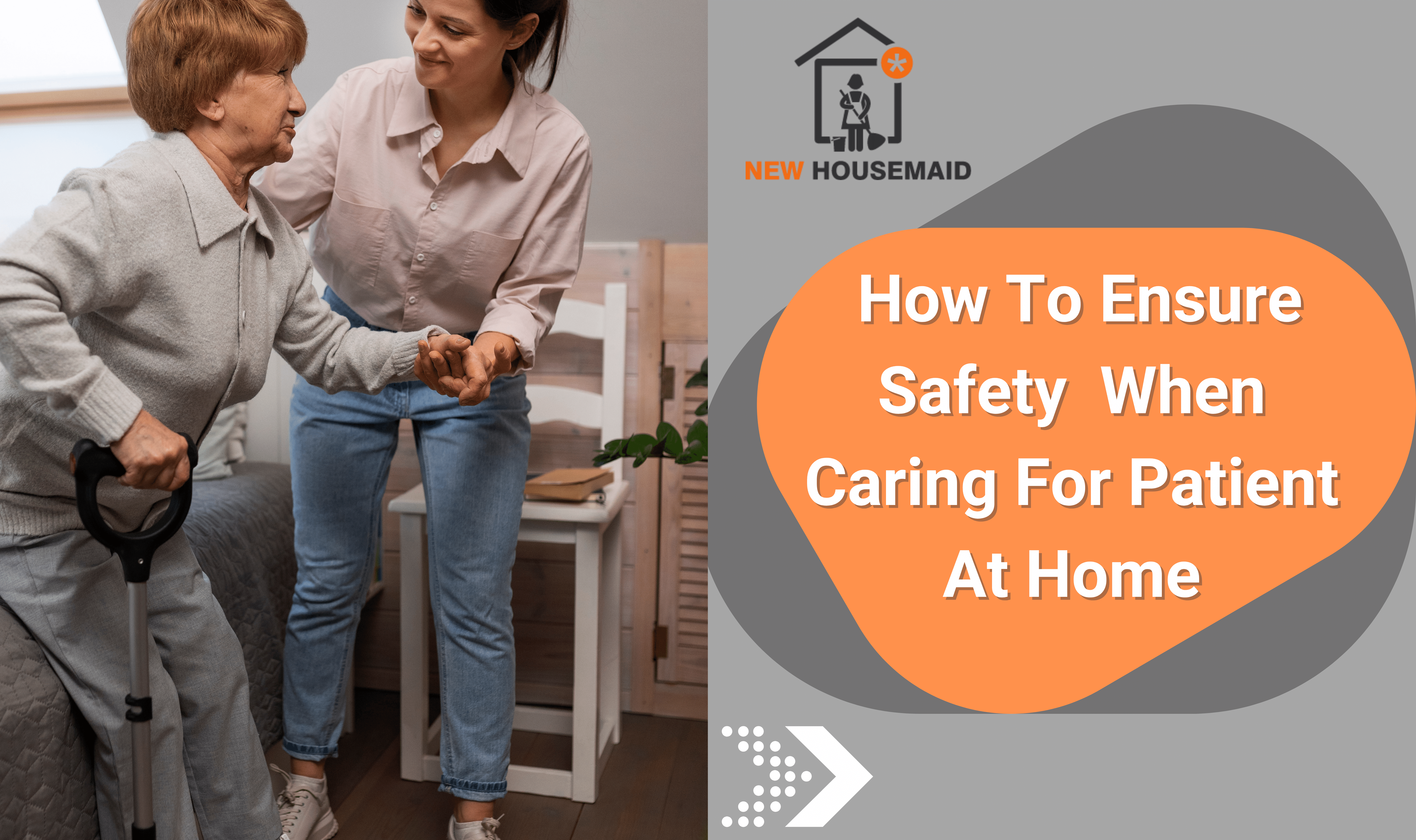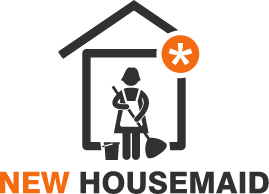
How to Ensure Safety When Caring for Patient at Home
Ensuring safety is paramount when caring for patients at home, especially during the post-operative period when they may be vulnerable. Here’s how to ensure safety in the home environment:
Fall Prevention
Implement measures to prevent falls, such as removing tripping hazards, securing rugs, and ensuring adequate lighting in hallways and staircases. Install handrails and grab bars in bathrooms and near stairs to provide support, and consider using non-slip mats or adhesive strips in bathtubs and showers.
Medication Safety
Keep medications organized and stored securely out of reach of children and pets. Ensure that medications are properly labeled, and follow prescribed dosages and instructions carefully. Consider using pill organizers or medication reminder apps to help patients manage their medications effectively.
Fire Safety
Install smoke detectors and carbon monoxide detectors on every level of the home and test them regularly to ensure they are working correctly. Develop a fire escape plan and practice drills with the patient and other household members. Keep fire extinguishers readily accessible and ensure that everyone knows how to use them.
Preventing Burns and Scalds
Set water heater temperatures to a safe level to prevent scalding burns, especially for patients with reduced sensation or mobility. Use oven mitts and pot holders when handling hot objects in the kitchen, and supervise patients when cooking or using appliances that generate heat.
Preventing Accidental Poisoning
Store household cleaners, chemicals, and other toxic substances in locked cabinets or high shelves out of reach of children and pets. Dispose of expired or unused medications properly, and consider using childproof locks on cabinets containing medications and cleaning products.
Emergency Preparedness
Have emergency contact information, including the phone number for local emergency services and healthcare providers, readily available. Keep a first aid kit stocked with essential supplies, and ensure that caregivers know how to administer basic first aid and CPR if needed.
Mobility Aids and Assistive Devices
Ensure that mobility aids such as walkers, canes, and wheelchairs are in good condition and properly adjusted to fit the patient. Provide training on how to use assistive devices safely, and encourage patients to wear nonslip footwear indoors to prevent falls.
Preventing Infections
Promote good hand hygiene practices, including frequent handwashing with soap and water or using hand sanitizer, especially before handling food, medications, or wound care. Keep surfaces clean and disinfected, especially in high-touch areas such as countertops, doorknobs, and light switches.
Safe Transfer and Lifting
Use proper body mechanics and techniques when assisting patients with transfers and lifting to prevent strain and injury to both the patient and caregiver. Consider using transfer aids such as transfer belts or slide boards to assist with safe transfers between beds, chairs, and other surfaces.
Regular Home Safety Assessments
Conduct regular home safety assessments to identify potential hazards and address them promptly. Consider enlisting the help of a healthcare professional or occupational therapist to assess the home environment and make recommendations for modifications or adaptations to improve safety.
By prioritizing safety in the home environment and taking proactive measures to prevent accidents and injuries, patients can recover more comfortably and confidently following surgery or illness. Regular communication with healthcare providers and ongoing monitoring of the patient’s condition can also help identify and address any safety concerns as they arise.
New Housemaid for patient care ensures that patients receive high-quality, compassionate support that promotes their well-being and enhances their quality of life. If you are looking out for patient care services then call us today.


